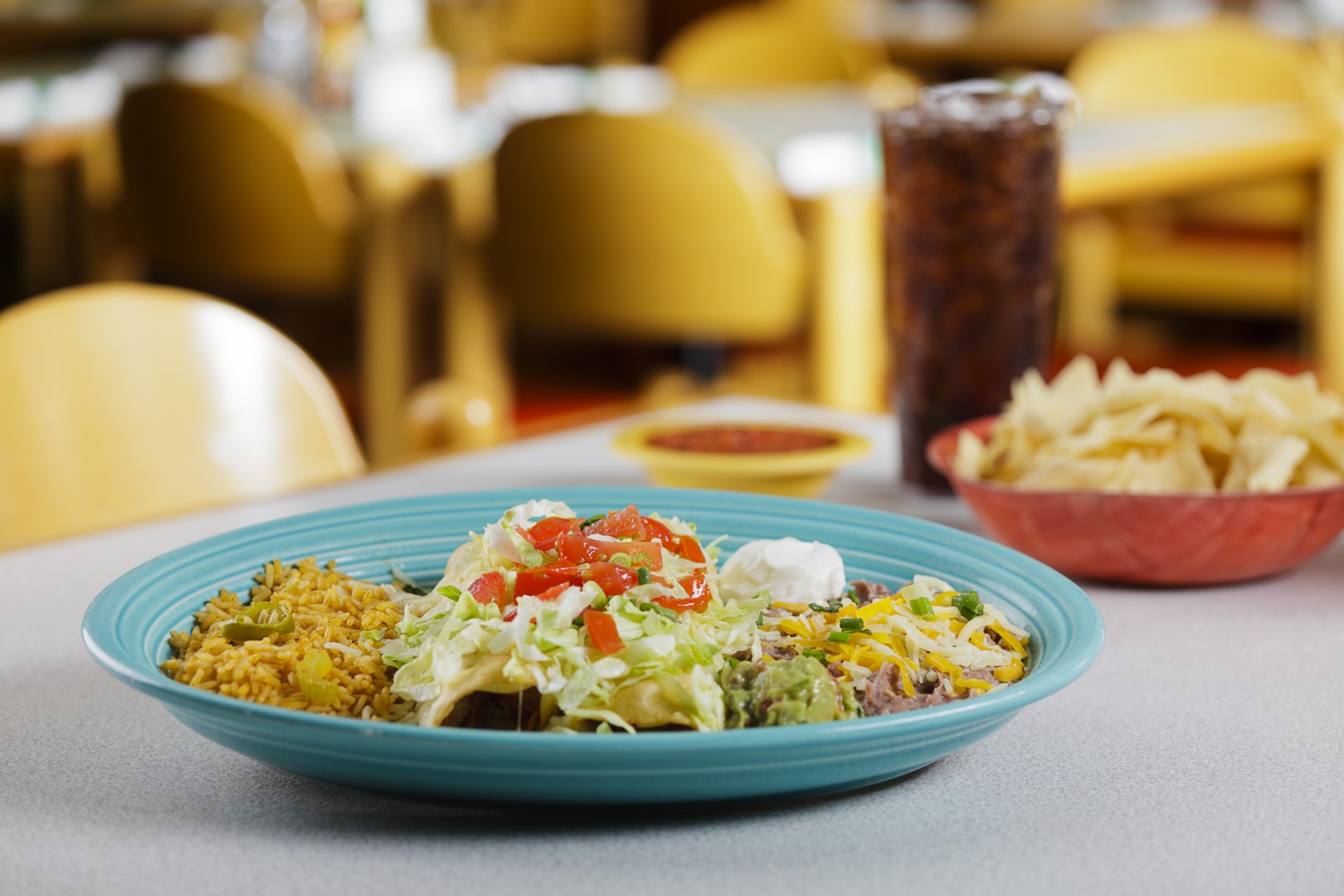Pylon and traffic cone overpopulation yields new campaign
By Elliot Chan, Opinions Editor
Since the 2010 Winter Olympics, Vancouver’s pylon and traffic cone population has quadrupled. This sudden boom has caused concerns for many, as these “safety” markers have literally overcrowded our urban streets, highways, and pedestrian walkways.
Such escalation in pylon population has urged many to act. The crisis paved the way specifically for Adopt-A-Pylon, a company with the philosophy that pylons deserve a home, they deserve care, and, most importantly, they deserve to be treated like giant megaphones for children and drunken passersby—that is what they are really meant for. Fun!
Homeless pylons and traffic cones have caught the attention of Devon Détourer, founder of Adopt-A-Pylon. “Seeing all those innocent cones treated in such a way is disgusting,” he said in an exclusive interview with the Other Press. “We should feel ashamed. We drive by and we look at them with distain and pretend like there aren’t a thousand of them just living in the streets, cold and wet… and most of all forgotten. Pylons are a reflection of our society. And Russia is laughing at us right now.”
Détourer is urging British Columbians to band together and open their homes and wallets to traffic cones. “Each night—on your drive home—just grab a pylon from the street and take it back. Give it some love; after all, we all deserve love. If each person does this, there won’t be anything stopping us from getting to where we want to go, and we all want to go towards a happy future.”
Recent Adopt-A-Pylon supporter, Beatrice Oliver said, “We ignore it, plain and simple. We think that pylons and traffic cones are there to make our lives terrible, like garbage cans or fire hydrants. We get angry because the government spends taxpayer dollars buying more and replacing the old ones. Is that how we treat stuff? As soon as they break we buy a new one? Ask your grandma how she feels about that logic, ask your pet goldfish, or ask your stepson. Adopt-A-Pylon’s initiative is easy to grasp, just like pylons. You take one home, you change its life forever, you give it a reason to be. Pylons are not obstructions, they are life changers.”
The trend has made its way through Commercial Drive and all the way to Kitsilano, but has yet to gain traction in less pylon-liberal areas such as Burnaby and the Tri-Cities, where heavy highway construction and urban growth has bred more pylons.
Port Moody resident Fitso Chung spends many hours working as a labourer alongside pylons, traffic cones, and even some wet floor signs. He understands that there is a problem.
“They’re the hardest workers on the team and the lowest paid,” said Chung. “While I’m on break, they’re there. While I’m in the porta-potty, they’re there. I don’t know if Adopt-A-Pylon will change the social stigma. I think what they need is a union. Pylons are not second-class citizens. I believe adopting them is a step forward, but the road is long and we have a long way to go.”
The pylon population is projected to increase by another 28 per cent by the end of 2016, but the support for Vancouver’s forth-largest majority (behind hipsters, yuppies, deadbeats, and tech entrepreneurs) will undoubtedly increase as well. Which offers hope to people like Détourer and those participating in Adopt-A-Pylon.
“We’ll find a way,” said Détourier, “and pylons will help us. I understand that not everyone is a born pylon-lover, but give it a chance. Sign up today or do it anonymously and see where it takes you—maybe to Maple Ridge, maybe to North Delta.”



